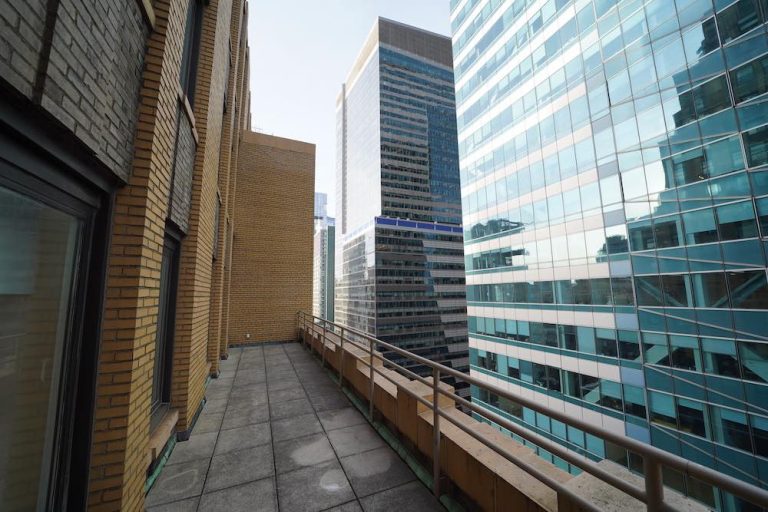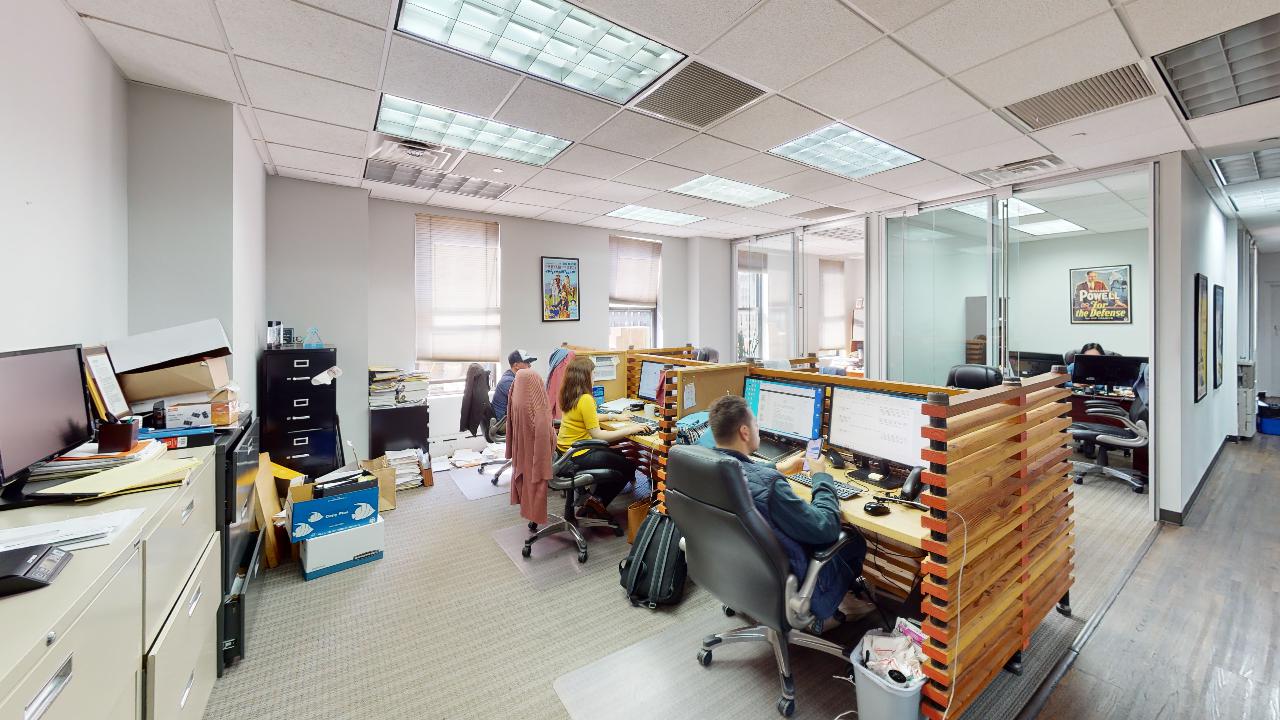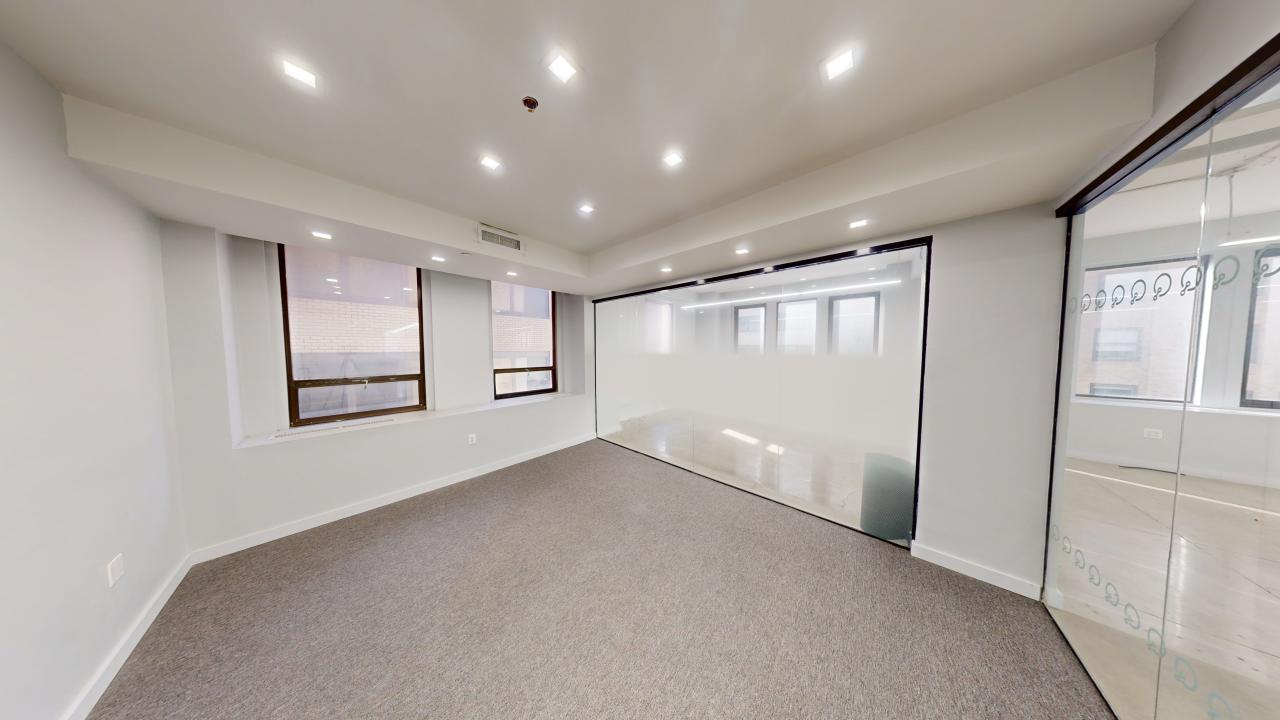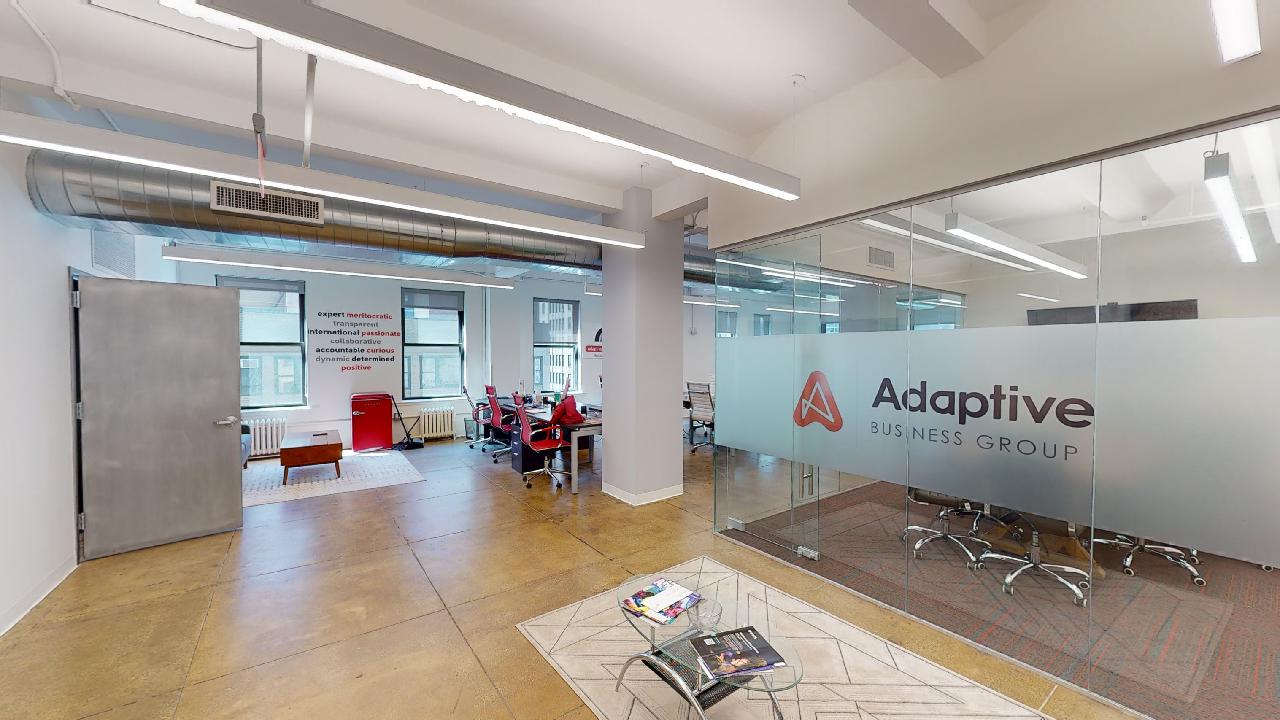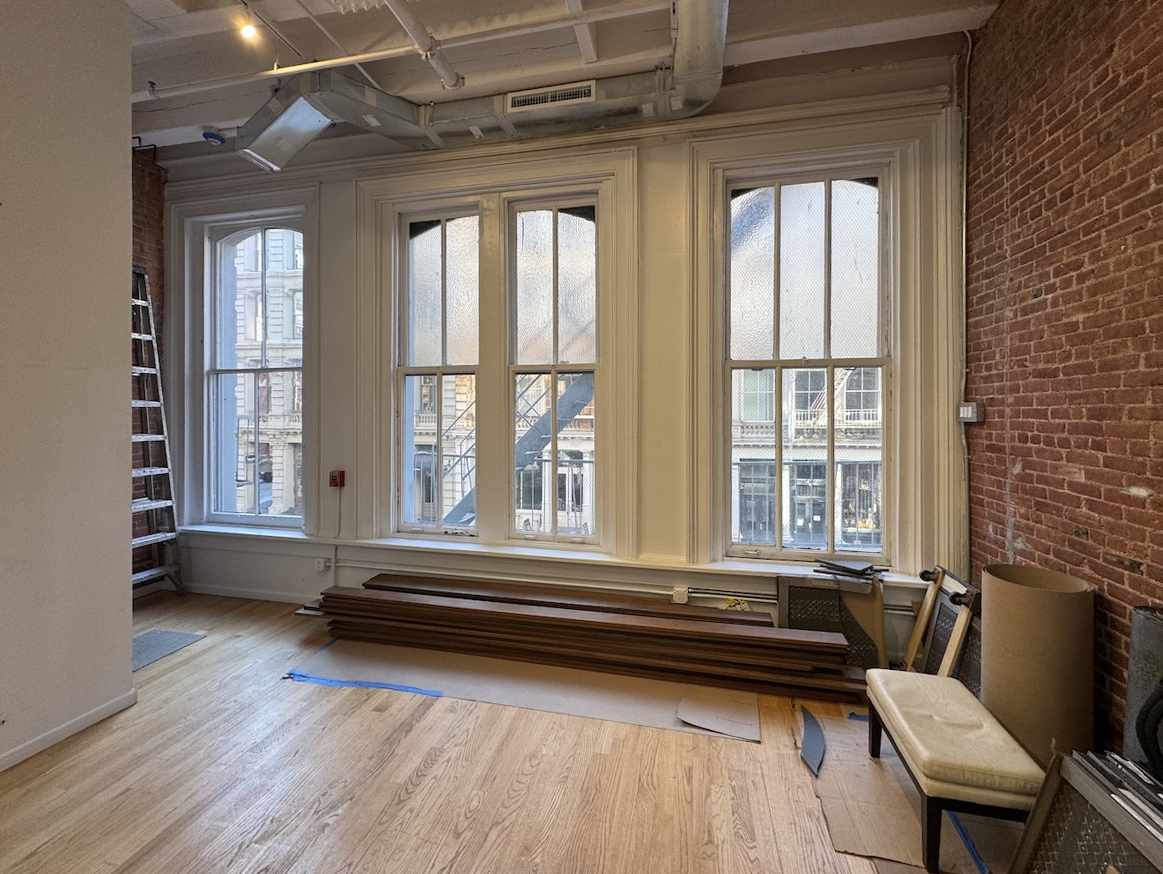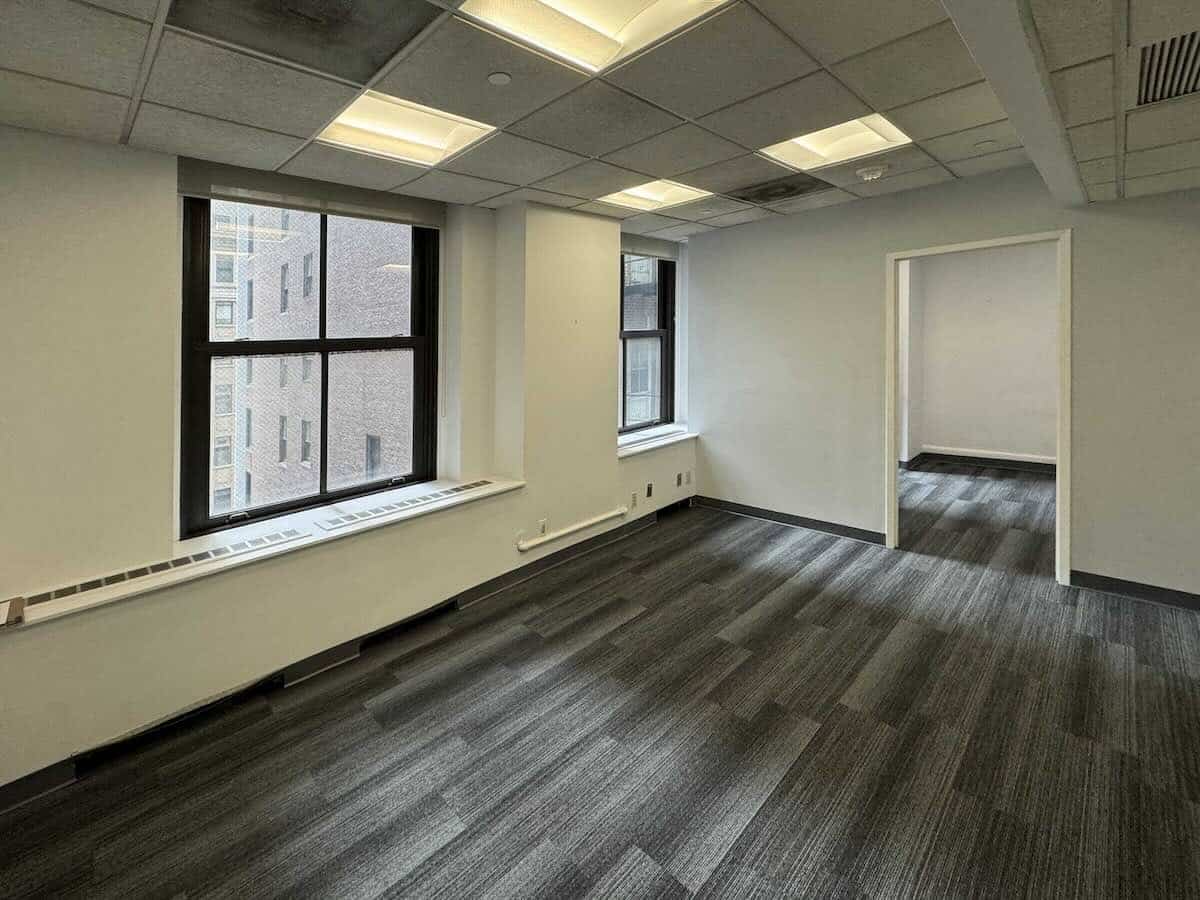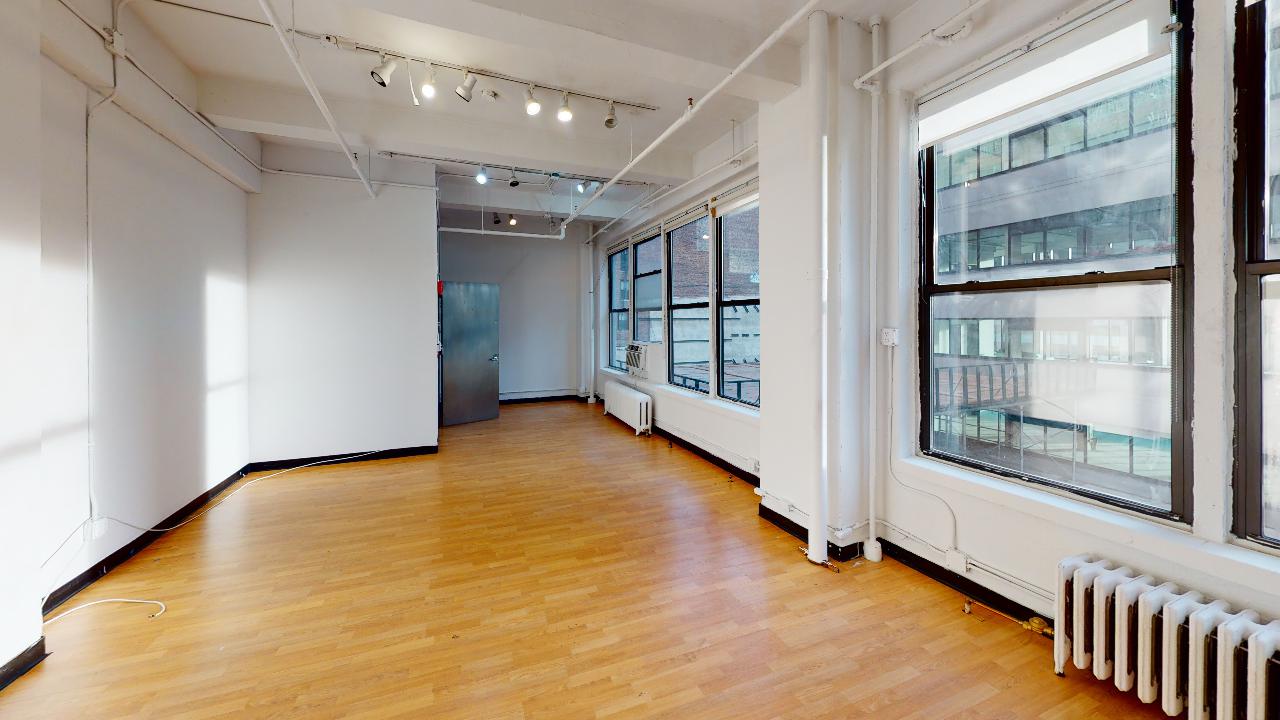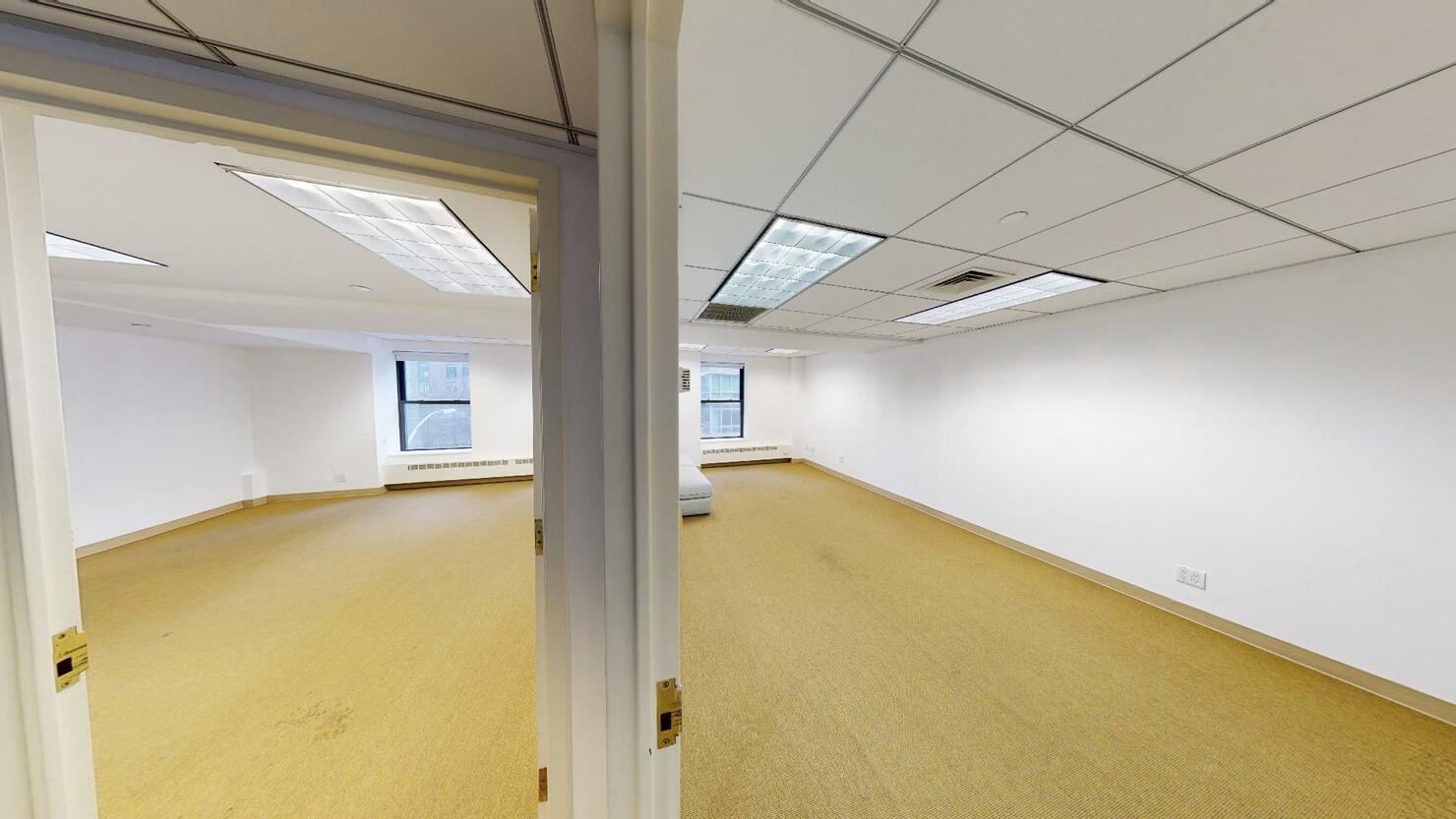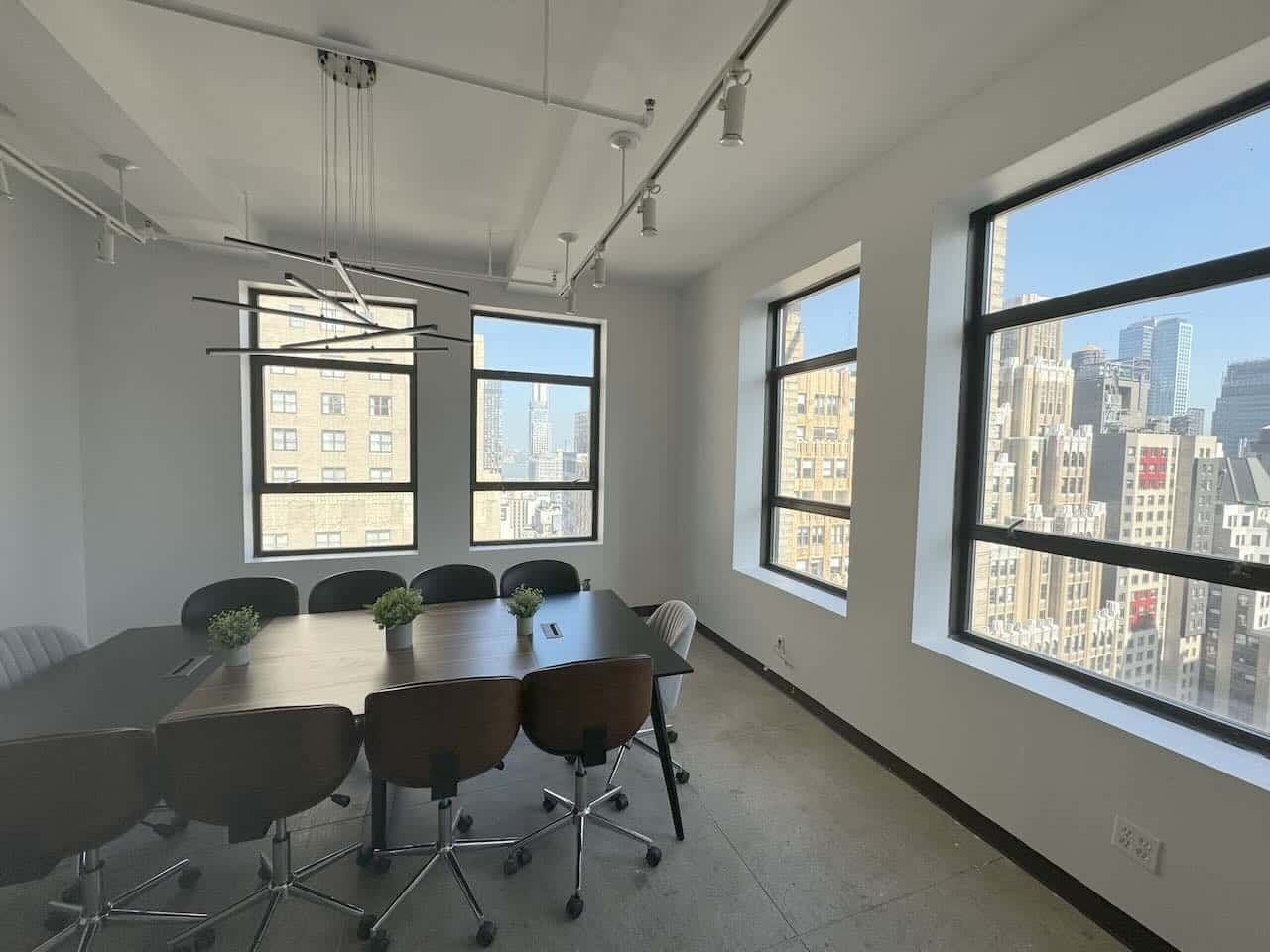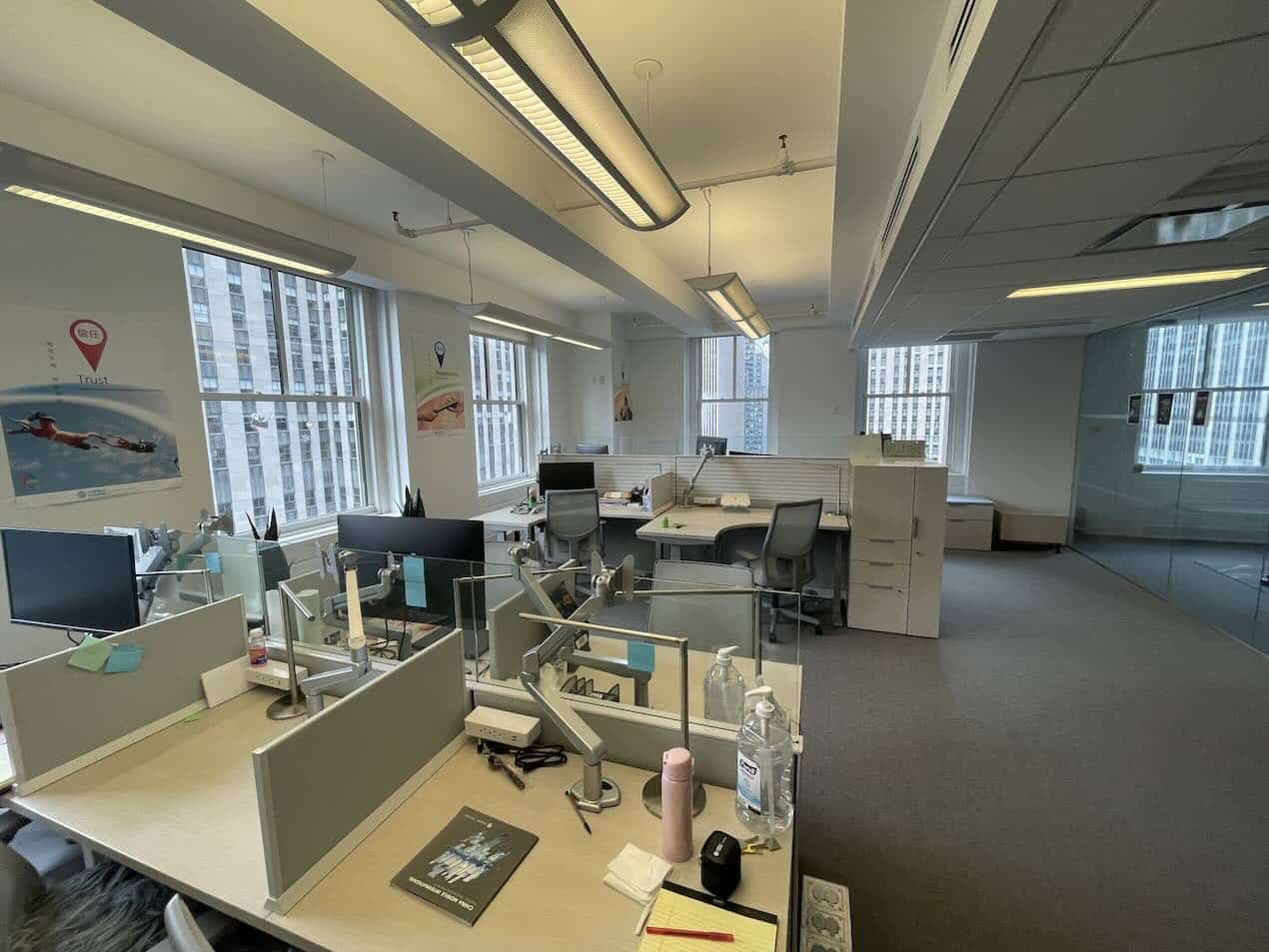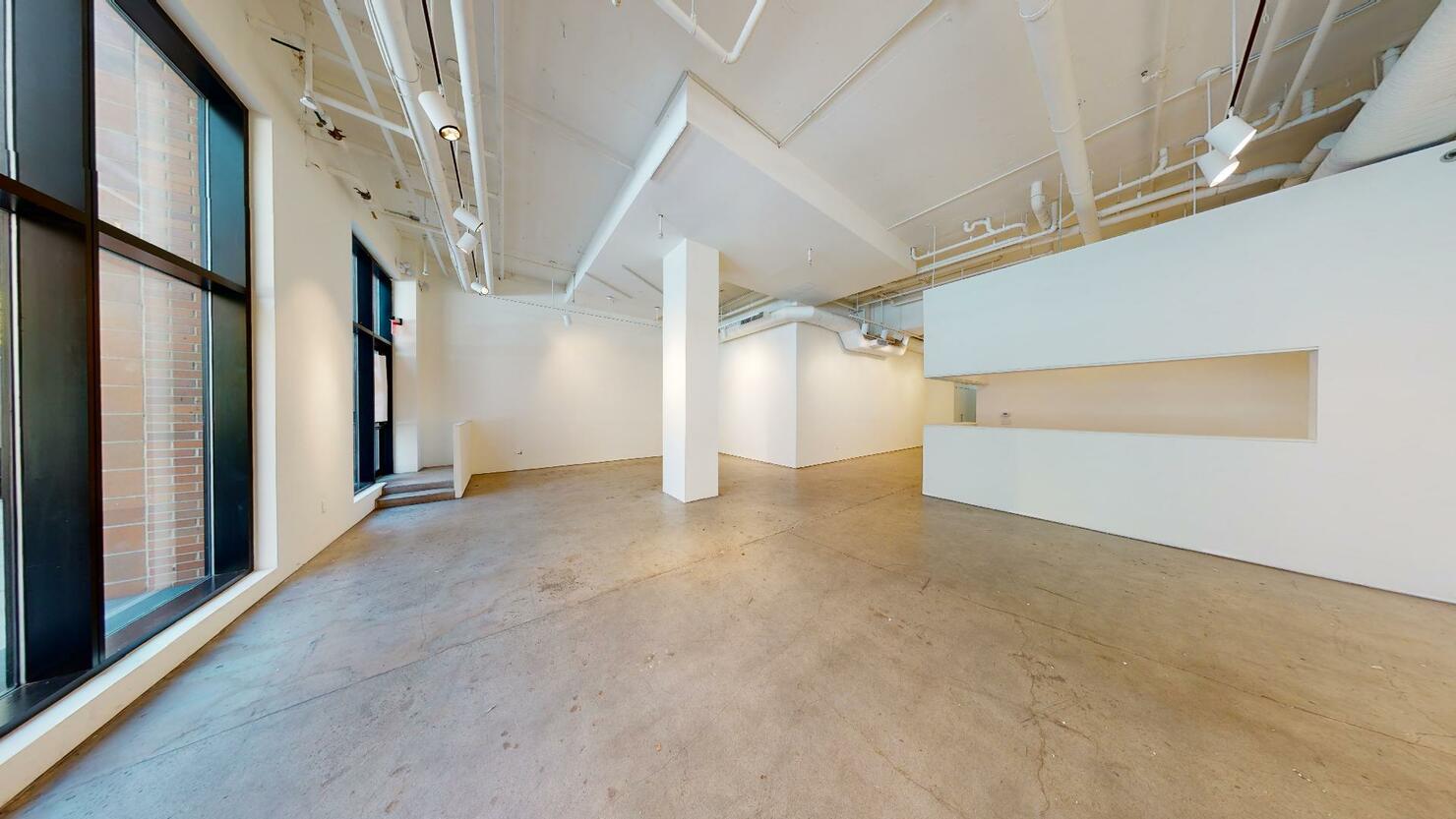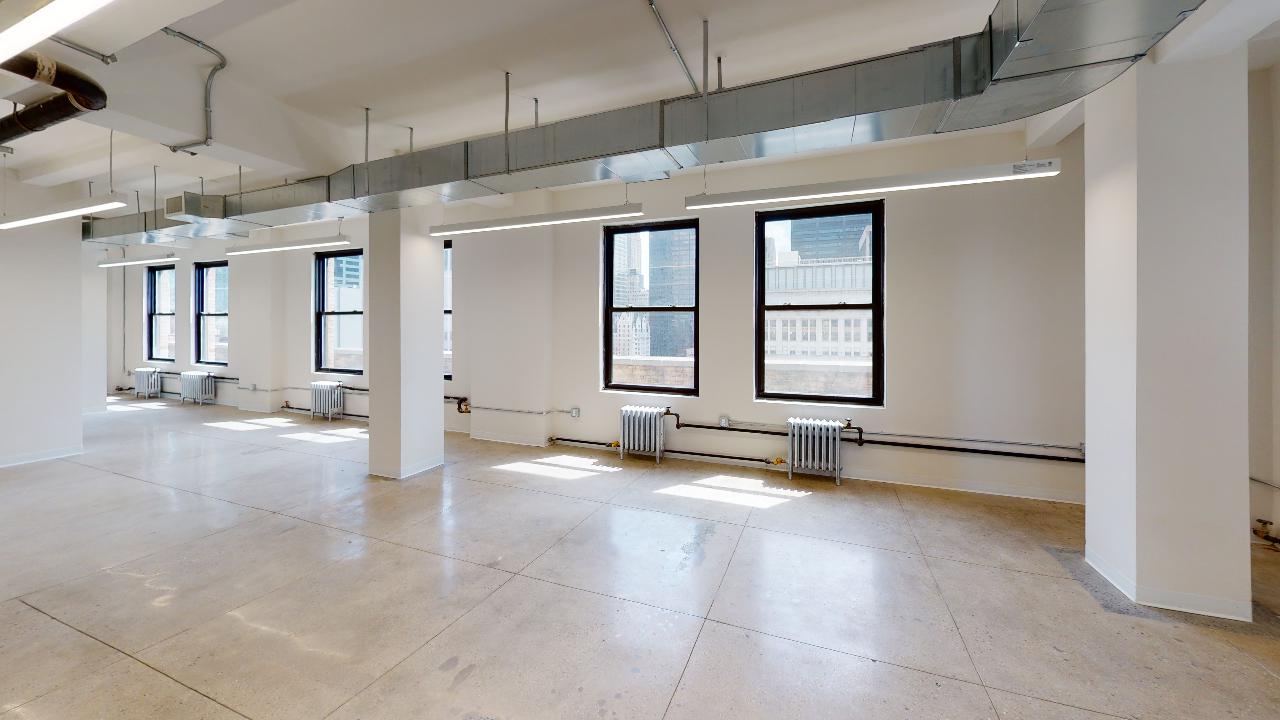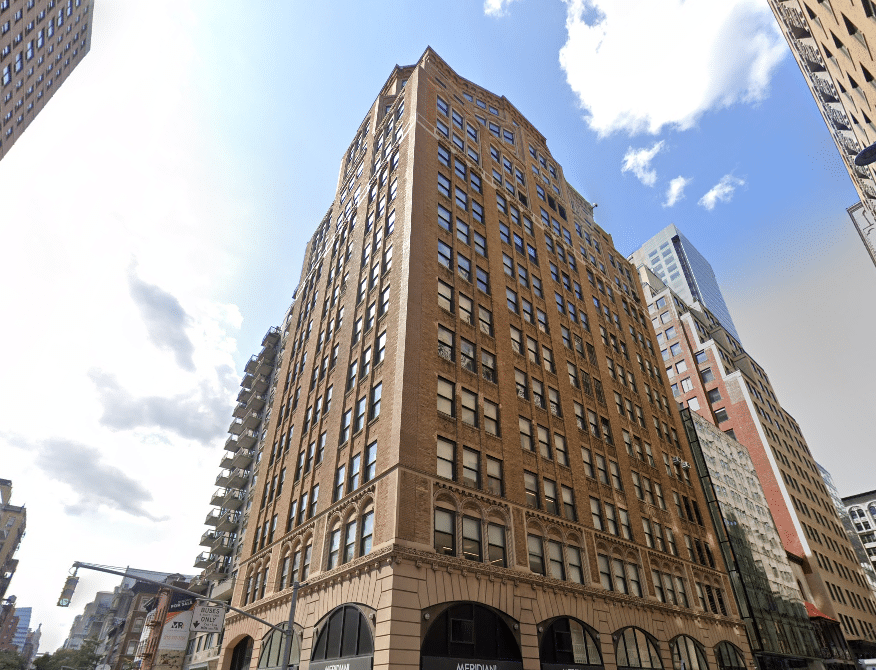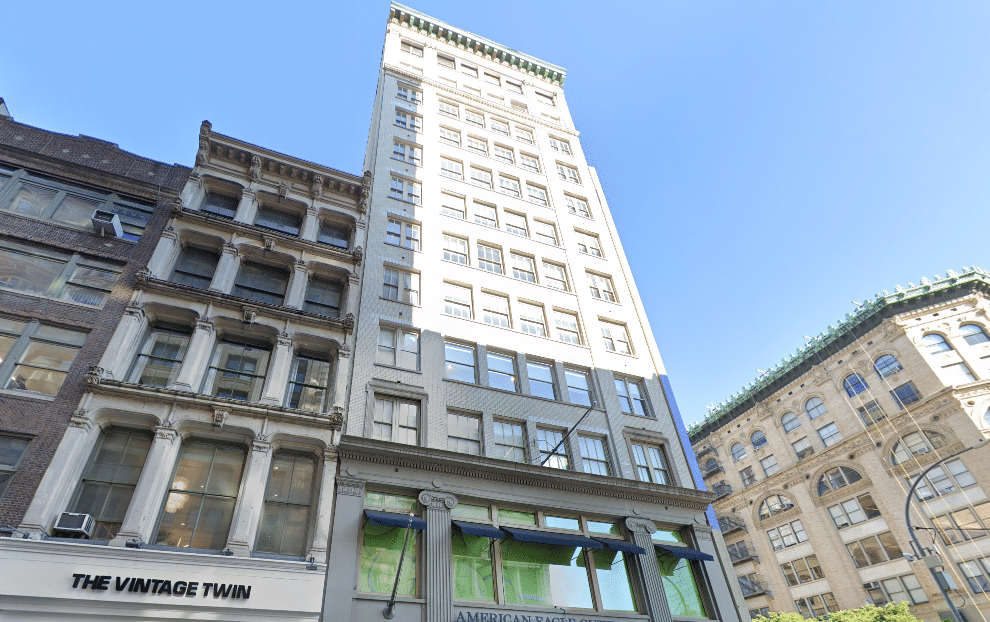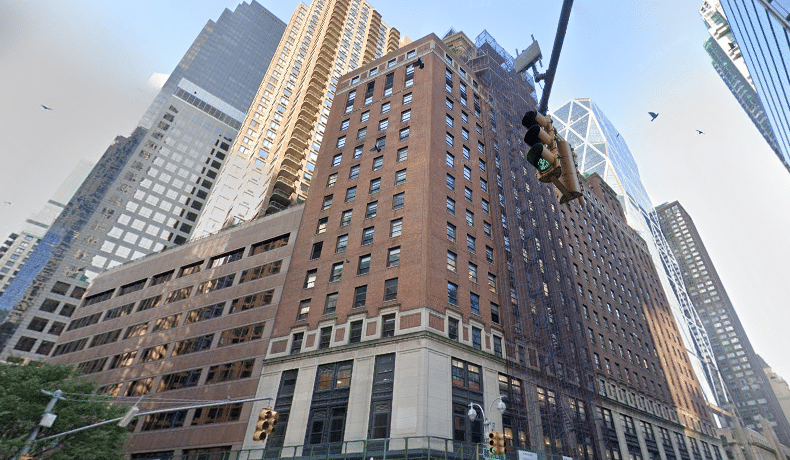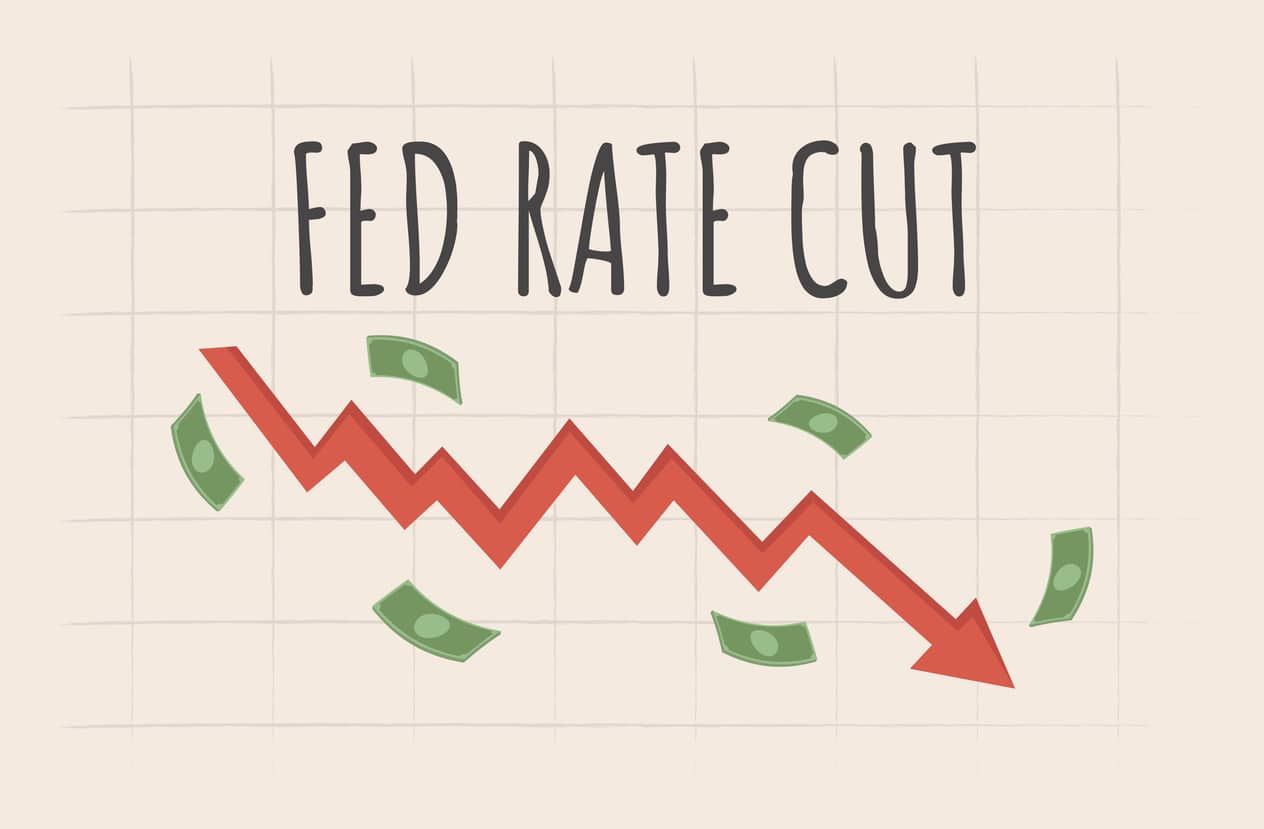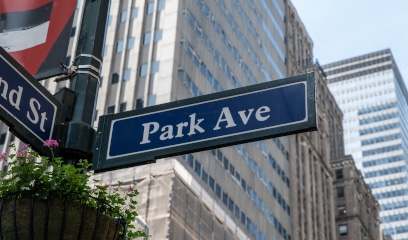As the Covid-19 pandemic continues to affect NYC’s real estate market, more and more businesses are turning to office subleases to cut costs and adapt to the ever-changing landscape. The last time we saw the subleasing trend this pronounced was during the economic shocks of 9/11 and the 2008 financial crisis.
The pandemic presents both challenges and opportunities for subleasing in NYC. On the one hand, there’s plenty of availability in sectors like retail. But on the other hand, subleasing during a pandemic comes with several risks.
This article will explore the factors businesses should consider when subleasing in NYC and the risks and rewards of doing so during a pandemic.
The Overall Picture
The COVID-19 pandemic continues to be an unwelcome guest in the Big Apple, affecting NYC’s real estate market. With many companies embracing the work-from-home trend, office spaces can seem eerily quiet. Business owners have a predicament- what to do with the unused space? The answer for many is to sublease
Subleasing offers move-in-ready spaces in prime locations at affordable prices and shorter leasing terms. But with every opportunity comes risks. For example, if the original tenant defaults on rent payments, subtenants could lose their space and security deposit as they lack a direct relationship with the landlord.
Always conduct thorough due diligence and verify the financial stability of the sublessor, and utilize the help of a qualified office space rental agency. Doing so lets you rest easy knowing you’ve done everything possible to protect yourself.
The Pros of Subleasing Office Space in NYC
Subleasing can provide your company with a variety of benefits, including:
Lower Office Rents
If you’re looking for cost-effective office space in NYC, subleasing could be a great option to explore during these unpredictable times. By subleasing, you can enjoy a loft, retail, or showroom space, in a prime location, at a fraction of the cost.
Sublessors are keen to fill their unused space and are willing to make deals with potential tenants. It’s a win-win situation for both parties. Subtenants get cost-effective office space, while sublessors can avoid financial losses.
Shorter Lease Terms
If you value adaptability, subleasing is a smart choice that allows you to maneuver the current climate more easily. With subleasing, you can rent for a shorter term of 1-2 years, a far cry from the standard 5-10 year lease terms. This way, you can avoid high-risk commitments and have more room for reassessment and adaptation.
Moreover, subleasing provides much-needed flexibility. In an economic environment like COVID, subleasing allows companies to reassess their situation and adapt without being locked into a long-term agreement.
No Build-Outs Necessary
Subleasing office space in NYC has a major perk: minimal build-out required. Assuming you find a space that meets your layout requirements, the sublessor will already have set up furnishings, lighting, and electrical systems. If you find a situation like this, it makes it easy to move in and hit the ground running. It’s the perfect solution for individuals or companies seeking a swift, effortless way to secure office space.
A Time-Saving Solution
Running a business is time-consuming, and legal paperwork only adds to the burden. Thankfully, subleasing office space in NYC can make life a lot easier.
As a subtenant, you’re still bound to the master lease. However, the good news is that much less negotiating and paperwork are involved. While having a real estate attorney go over the lease terms in detail is essential, subleasing can make the process much easier overall.
Moreover, although the sublease requires some legal documentation, it’s much shorter and simpler than the master lease. Thus, your attorney can review it quickly and efficiently and allow you to focus on more pressing matters.
The Cons of Subleasing Office Space in NYC
Subleasing office space may seem attractive for companies seeking prime real estate without the long-term commitment and high costs of traditional leasing. However, it has its challenges. Here are some to consider:
You Cannot Negotiate the Lease Duration
Companies seeking flexible lease agreements may find subleasing to be a great solution. However, subleasing comes with a major drawback – the subtenant is bound to the remaining duration of the sublessor’s lease agreement with the landlord, leaving no room for negotiation. For instance, if the sublessor has two years left on their lease, but the subtenant needs the space for two and a half years, they are on the hook for the rest of the lease. This lack of negotiation potential can be a deal-breaker for many companies.
Bound by Master Lease Terms
When you sublease office space, you inherit the sublessor’s lease and terms, leaving you with no say in the negotiation process. Therefore, you must accept the terms as they are, even if they’re not ideal for your business. For instance, you could get stuck with unfavorable rent escalation clauses or limited access to amenities.
Before signing a sublease agreement, thoroughly review the master lease and ensure it aligns with your needs. Don’t inherit someone else’s problems – ensure the lease works for you.
Risk of Losing Your Security Deposit
Subleasing office space during a pandemic can be risky, especially if the sublessor is financially distressed. You’ll lose your space and security deposit if they default on their lease and get evicted. Consider protecting your investment by using a letter of credit as your security deposit. This way, you’ll have the funds to secure a new space if necessary and avoid losing your hard-earned money.
Risk of Losing Leased Space
Protecting your subleased office space is critical, and staying informed is key. Ask your broker to obtain the sublessor’s financial statements for your review during the sublease negotiations if there is any doubt concerning the sublessor’s financial strength. Taking proactive steps can mitigate the risk of losing your space and prevent any unwelcome surprises.
The Key Takeaway
As the world continues living through a pandemic, the real estate environment in NYC is full of subleasing potential. However, with this potential come risks and rewards. Tenants must weigh their options carefully and coordinate with their commercial real estate brokers and attorneys to make informed decisions. With the right strategies, tenants can leverage subleasing opportunities to save costs and gain flexibility while maintaining business operations. However, they should also be wary of potential risks, such as default by the over-tenant and inability to negotiate the over-lease terms and limited control over the subleased space. By staying informed and seeking expert advice, tenants can successfully navigate the subleasing market in NYC and emerge as winners in the post-pandemic world.


